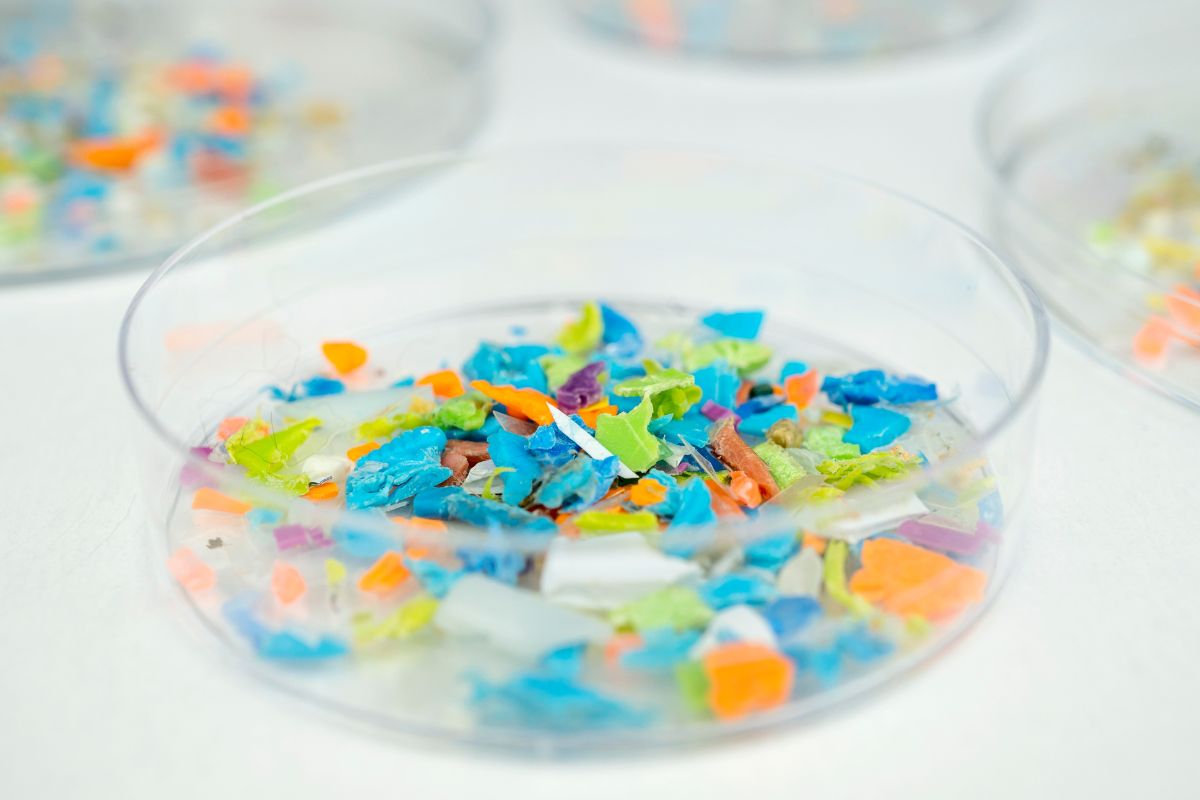A new testing method aims to shed light on the largely unexplored risks nanoplastics pose to the environment and human health.
While the dangers of microplastics are widely recognized, their even smaller counterparts, nanoplastics, may represent an even greater threat. Measuring less than one micrometer (a millionth of a meter), these particles not only infiltrate ecosystems but also end up in food, drinking water, and even human organs, where they can persist and be passed on during cell division. Nanoplastics are created when larger plastic items degrade under environmental influences such as sunlight, rain, or abrasion, but they can also arise from industrial processes and recycling.
Recent studies estimate that as much as 27 million tons of nanoplastics may already be present in the oceans. Yet, outside of highly specialized laboratories, there are currently few reliable methods to detect these particles. Now, researchers at the University of Melbourne in Australia and the University of Stuttgart in Germany have developed a technique designed precisely for this purpose. According to the team, it is cost-efficient and suitable for mobile use.
Optical Microscopy Makes Nanoparticles Visible Through Color Changes
The researchers describe their invention as a test strip that functions like an optical sieve, composed of tiny cavities of varying sizes etched into gallium arsenide. When a liquid sample containing nanoplastics is poured over the strip, each particle becomes trapped in a cavity of corresponding size. To make the particles visible, the method exploits resonance effects inside the cavities. Depending on their diameter and depth, these cavities interact with incoming light in ways that can be clearly detected under an optical microscope. When a nanoplastic particle drops into one of the cavities, the light pattern shifts, producing a distinct color change. This makes it possible to count the particles and determine their size.
Gallium arsenide was chosen for its high refractive index, the researchers report in Nature Photonics. Another advantage: the cavities can be fabricated using conventional semiconductor manufacturing techniques such as lithography, making the process simpler and faster than alternative methods.
The team has so far tested the approach with freshwater samples spiked with known concentrations of nanoplastics. In the future, the method could also be applied to blood and tissue analysis. Next, the researchers aim to investigate whether the technique can distinguish between different types of plastic. Their long-term goal is to bring the technology to market, helping scientists better understand the global impact of nanoplastic pollution on both the environment and human health.
More on the use of critical raw materials in the fight against plastic pollution: Around the world, researchers are exploring ways to curb the global tide of plastic waste, and critical raw materials are often at the heart of breakthrough innovations. For instance, a new form of plastic recycling could be made possible through LEDs, which typically contain gallium and indium. The precious metal ruthenium, widely valued as a catalyst, also shows promise in setting new standards in this field. Meanwhile, rare earth elements may play a key role in cleaning up the oceans and reducing plastic debris.
Photo: SivStockMedia via Canva

